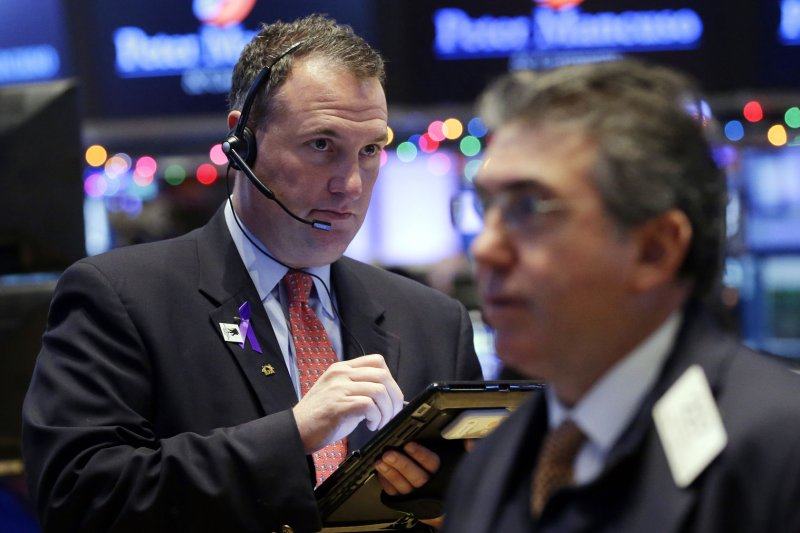Technology
Tariffs on Semiconductors on the Way
Tariffs on semiconductors: The White House confirmed that sectors subject to specific levies will not be included in the general 125% tariff on China or the 10% tariff on other countries. Former President Trump, already known for imposing tariffs on steel, aluminum, and automobiles, is now considering duties on auto parts, copper, lumber, pharmaceuticals, and notably, semiconductors.
From Air Force One on Sunday night, Trump hinted that these targeted tariffs will be imposed “in the not-too-distant future.” Key advisor Howard Lutnick indicated that tariffs on chips could take effect “probably in one or two months.”
Regulatory Process Underway
Lutnick stated a semiconductor-focused notice will appear this week in the Federal Register, though he provided no additional information. Officials plan to proceed with a Section 232 investigation, initiating a process that could reshape the industry’s regulatory environment. This investigation demands a thorough 270-day technical review, ensuring decisions align with national security and economic stability goals. Authorities aim to complete the analysis before moving toward formal implementation and potential trade restrictions targeting foreign semiconductor imports.
A Strategic Shift in Tariff Structure
Economic advisor Greer explained that “semiconductors are not exempt from reshoring measures but will be part of a different tariff framework.” On Face the Nation, he clarified this represents a shift from one tax category to another, potentially with more lasting consequences.
First Official List of Semiconductor Products
On Friday, the Trump administration released for the first time a detailed list of products classified as semiconductors, essential to global electronic infrastructure. While there’s no obligation to impose tariffs on all listed products, Lutnick suggested that would likely be the direction taken.

Inflation-Protected Bonds Suffer Heavy Losses Amid Treasury Selloff
Inflation-protected bonds (TIPS) experienced the steepest losses during the recent U.S. Treasury downturn, surpassing inflation expectation-based…
A Preview of Tariff Scope
Recently announced exclusions suggest which products might face targeted tariffs soon, offering insight into upcoming trade policy directions and enforcement. Authorities haven’t confirmed the exact percentage, but current tariffs on similar sectors already reach up to 25% in effect. Policymakers likely intend to use these exclusions strategically, influencing global supply chains and protecting key domestic manufacturing interests. Analysts expect further announcements that will clarify enforcement scope and specify which industries should prepare for higher trade-related costs.
Section 232 as a Stronger Legal Tool
Unlike general tariffs, measures under Section 232 tend to be more permanent and less vulnerable to legal challenges. This would give the government a stronger basis to uphold them during future renegotiations.
20% Tariff on China Still in Place
The targeted tariffs do not replace the 20% duty Trump imposed on Chinese goods linked to fentanyl precursors. That measure remains active as part of the administration’s pressure campaign on Beijing to curb drug trafficking.
Trump reaffirmed on Sunday that the 20% tariff still applies and emphasized its continued enforcement across all imports. Lutnick explained that everyone currently pays at least that amount, highlighting the tariff’s consistent financial impact on transactions. The Department of Commerce actively supervises a parallel evaluation of specific technology components to determine additional regulatory considerations.
Authorities conduct this assessment to ensure compliance with national economic policies and safeguard domestic industries from unfair foreign competition.

